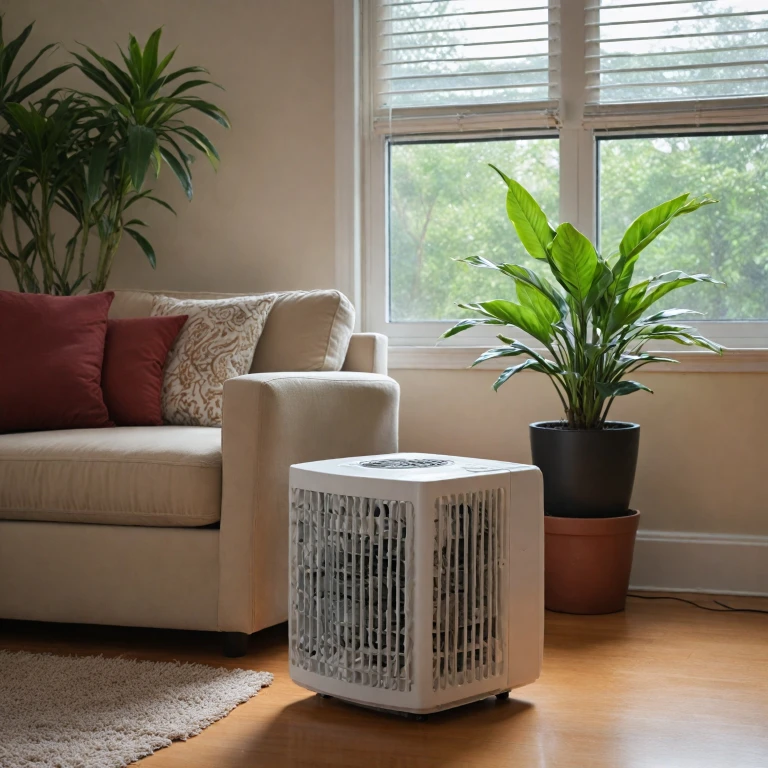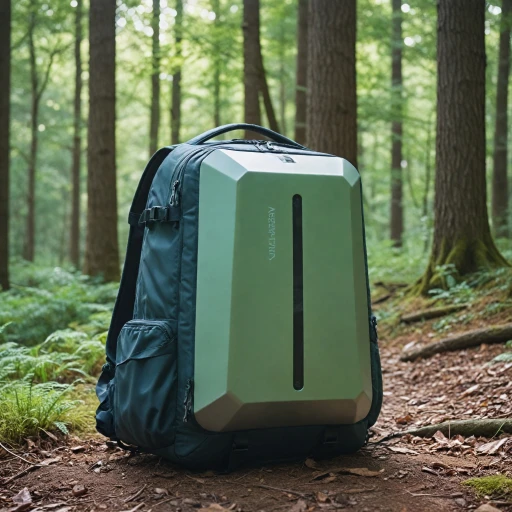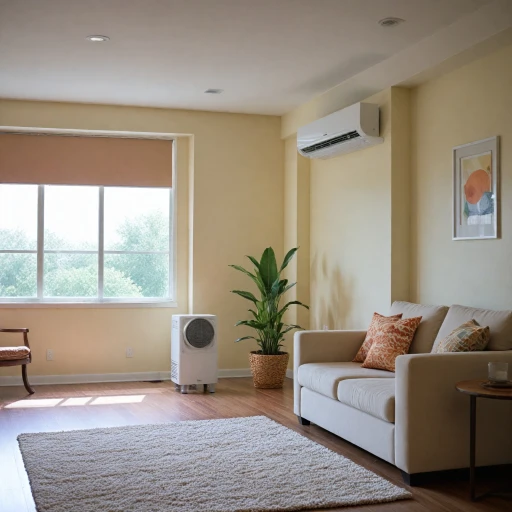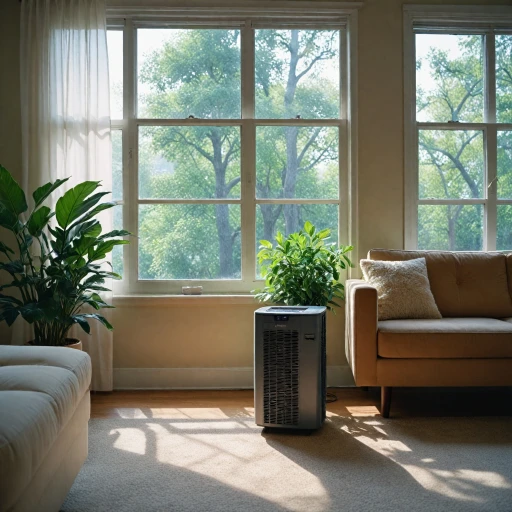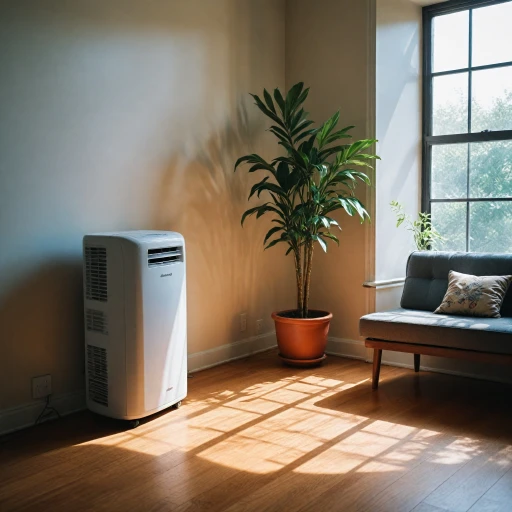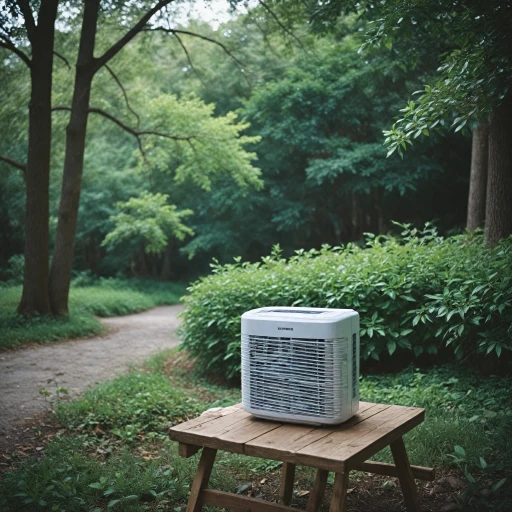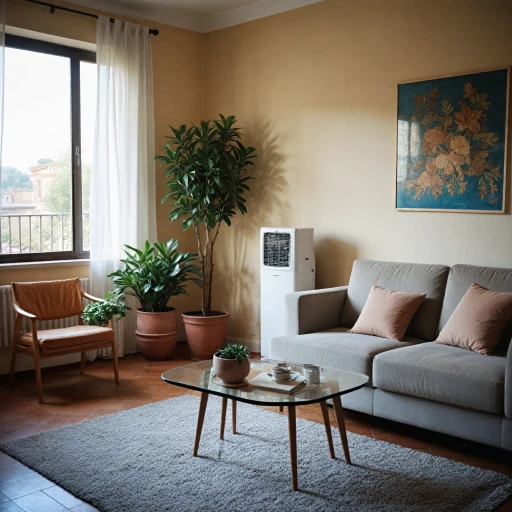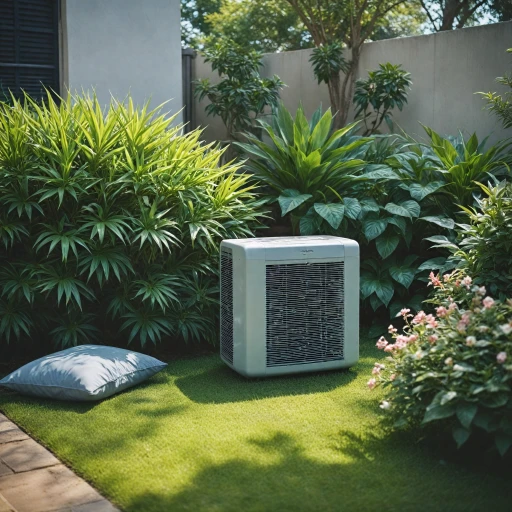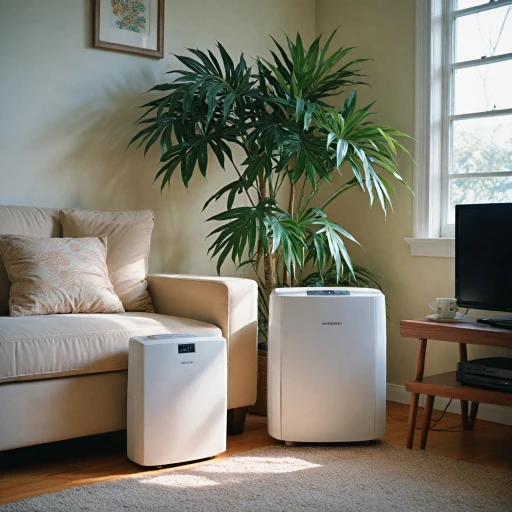
Understanding Portable Mini Split Systems
Grasping the Basics of Portable Mini Split Systems
Portable mini split air conditioners have been gaining traction as an efficient and flexible option, meeting the demands of modern cooling needs without the constraints tied to conventional air cooling systems. These innovative units combine the benefits of portability and the reliability of split air technology, making them an appealing choice for many consumers. These air conditioners, often marketed for their efficient cooling technology and ease of use, stand out due to their ductless nature. A notable characteristic is the separation between the indoor air handling unit and the outdoor compressor unit, which distinguishes them from regular window air conditioners. This split design makes the portable mini split conducive for spaces where installing full-size split systems or window units proves impractical. Additionally, they allow users to save on energy with high-efficiency ratings, commonly expressed in SEER (Seasonal Energy Efficiency Ratio), which reflects their ability to conserve power. When discussing portable mini split systems, it's crucial to consider BTU (British Thermal Unit) ratings, which signify the cooling capacity of the unit. Users should assess their area's size and cooling requirements to determine the appropriate BTU rating, ensuring optimal performance and energy efficiency. Some of these units also come equipped with heat pumps, offering the dual benefit of cooling and heating, thus extending their usability across different seasons. With features such as remote control access, portable mini splits provide convenience while enabling users to adjust settings effortlessly. The blend of portability, energy efficiency, and easy installation makes mini split air conditioners a versatile option for various settings, including homes and offices. Those interested in deepening their understanding of the flexibility of these systems can explore further insights here.Advantages of Portable Mini Split Air Conditioners
Key Advantages of a Portable Mini Split System
When it comes to cooling systems, portable mini split air conditioners stand out from the crowd. They bring a range of benefits that cater to a variety of needs, offering efficient, cost-effective solutions for those looking for flexibility and performance in their cooling options.- Efficient Cooling and Heating Capabilities: Many portable mini split systems come equipped with a combined air conditioner and heat pump, allowing them to efficiently cool in the summer and heat in the winter. This dual functionality diminishes the need for separate units, saving space and potentially reducing costs over time.
- Energy Efficiency: These units often boast high SEER (Seasonal Energy Efficiency Ratio) ratings, which means they provide a greater cooling output per unit of energy consumed. This energy efficiency can lead to significant savings on your energy bills compared to traditional window air conditioners or central AC units.
- Flexibility and Portability: Unlike regular split air conditioners that are permanently installed, portable mini splits offer the convenience of mobility. You'll enjoy the freedom to move the unit to different rooms or areas as needed, a feature that isn't possible with the traditional fixed systems.
- Quiet Operation: Portable mini splits are known for their quiet operation. This is partly due to the separation of the noisy compressor, which is typically placed outside. As a result, the indoor unit delivers cooling with minimal disruption, which is ideal for bedrooms, home offices, or any other quiet spaces.
- Minimal Installation Requirements: Installation of these conditioners is relatively straightforward, particularly in comparison to full-scale traditional AC systems. For those opting for a ductless solution, a portable mini split reduces the need for extensive ductwork, which is both time-consuming and costly.
- Cost-Effectiveness: Generally, the regular price and sale price of a portable mini split system are lower than installing a full ducted AC system. A btu portable air conditioner with the same capacity as a fixed unit can present a more budget-friendly option, while not compromising on performance.
Installation and Maintenance Tips
Setting Up Your Portable Mini Split System
When it comes to installing your portable mini split air conditioner, a little know-how can go a long way in maximizing efficiency and longevity. Portable mini splits generally offer more straightforward installation compared to traditional units, yet there are essential steps and considerations.- Select the Right Location: Start by choosing a room where the mini split will bring the most comfort. Typically, it is best placed in a central location to allow the air to circulate evenly.
- Installation Components: Portable units often consist of two parts: an indoor air handler and an outdoor condenser. It's crucial to ensure that all components are properly connected to maintain efficiency. Many units come with an installation kit that includes necessary pipes and fittings.
- Window and Wall Considerations: While these units are designed to be more flexible, some may require venting through a window or opening in a wall. Make sure the venting system is correctly installed to prevent air leaks, which can hinder the system's performance.
- Power Requirements: Check the power specifications of your air conditioner, including the necessary BTU and SEER ratings. Ensure that your electrical system can handle the load. Some models may require a dedicated circuit, so consulting with a professional electrician might save you from future headaches.
- Regular Maintenance: Proactive maintenance is key to keeping your portable mini split in top shape. This includes cleaning filters regularly, checking for any blockages or leaks, and ensuring the heat pump functions effectively. For more insights on maintaining portable air systems, you might want to explore how to efficiently run a portable air conditioner.
Comparing Costs: Portable Mini Split vs. Traditional AC Units
Cost Analysis: Portable Mini Split vs. Traditional AC Systems
When considering a portable mini split air conditioner, it's essential to evaluate the costs associated with both the purchase and ongoing operation compared to regular air conditioning units. Here's a look at the financial aspects of choosing between these two options.
- Initial Investment: The upfront cost of portable mini split units can be higher than that of traditional window air conditioners. However, they provide a more flexible air solution and often include features like a heat pump which adds to their value. It's important to check the sale price and price reviews to get the best deal during your purchase.
- Operational Efficiency: Mini split systems are ductless, providing efficient cooling and heating. They often boast higher SEER ratings, which measures energy efficiency. This translates into lower ongoing electricity costs compared to regular air conditioners. Over time, the savings on electric bills can offset the initial purchase price.
- Flexibility and Portability: While traditional units are fixed installations, portable mini splits can be moved as needed. This portability adds to their value, especially for renters or those frequently relocating.
- Maintenance Costs: Regular AC units require duct cleaning and more frequent maintenance. In contrast, mini split systems are easier to maintain, with simple filter cleanings and less complicated components. This reduces the long-term service expenses.
- Performance and Features: Many portable mini splits include modern features like remote control operations and evaporative air capabilities, some of which are absent in traditional units, enhancing user comfort and convenience.
In summary, while the regular price of a portable mini split air conditioner might be slightly higher than that of a traditional unit, the potential for energy savings and reduced maintenance can make them an economically wise decision. For those considering these versatile systems, thoughtful consideration of your specific needs and usage patterns will help in making the right choice.
Common Challenges and Solutions
Common Obstacles in Using Portable Mini Splits
While portable mini split air conditioners offer numerous advantages, certain challenges can arise during their use. Understanding these common obstacles and how to resolve them will ensure you get the most from your investment.
Heating and Cooling Power
One frequent concern is the BTU rating and how it impacts the unit's heating and cooling power. It's crucial to select a unit with an appropriate BTU rating to meet the specific needs of your space. A mismatched BTU rating can lead to inefficient temperature control or increased energy use, causing discomfort and higher costs.
Installation Challenges
Installation can also pose some difficulties, especially if you have limited knowledge about setting up HVAC systems. Unlike traditional window air conditioners, portable minis require adherence to more specific guidelines for installment. It's recommended to consult price reviews and consider professional installation to ensure your unit operates at its optimal performance.
Regular Maintenance
Regular maintenance is needed to keep your portable air conditioner in top condition. Factors such as changing or cleaning filters regularly and checking refrigerant levels are essential. Neglecting maintenance can reduce efficiency and inflate energy bills over time.
Noisy Operation
Some users report noise as a downside to portable mini splits. Units with lower SEER ratings may produce more audible noise. Selecting a higher quality SEER mini split ensures less disruption in noise-sensitive environments.
Remote Operation and Control Issues
Modern portable minis often come with a remote control, but connectivity issues can sometimes arise, impacting usability. Users should familiarize themselves with the remote functionality or app-based control options to troubleshoot any issues quickly.
Solutions for Overcoming Challenges
- BTU Sizing: Use a BTU calculator to determine the required capacity for your area.
- Professional Installation: Hire qualified technicians to install the unit to prevent costlier future repairs.
- Scheduled Maintenance: Regularly clean filters and conduct routine inspections to prevent problems.
- Consider SEER Rating: Opt for a unit with a higher SEER rating to secure efficient, quieter performance.
- Technical Support: Utilize available technical support to resolve any remote control or connectivity issues promptly.
By understanding these challenges and implementing the proposed solutions, consumers can maximize the utility and longevity of their ductless mini split systems.
